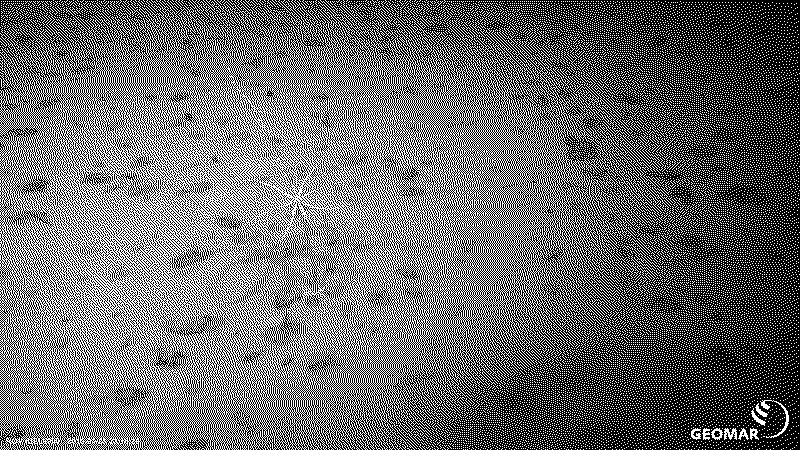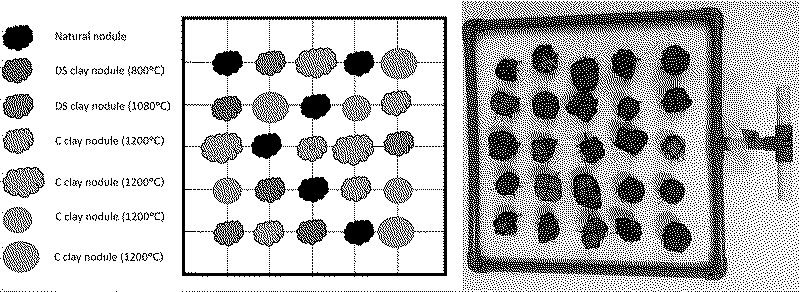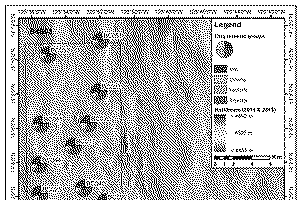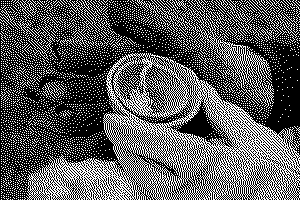Recolonizing the Deepsea
Deep-sea mining is a type of extractivism that scrapes up polymetallic nodules but at the same time removes all life that has attached itself to these nodules. This new industry thus also causes a permanent loss of habitat for living things at that depth.

The deep sea, the abyssal zone - between 4 and 6 km deep, lives extremely slowly. It also recovers extremely slowly. Traces of machinery pulled into the deep sea for Peru decades ago are still there as they were then. Companies are responsible for restoring their mining area to its original state after the operation. Several re-colonisation experiments are ongoing. One experiment, by NIOZ, Netherlands, deployed frames with artificial nodules to test whether this would help restore the ecosystem after mining.

Implications of Deep-Sea Mining on Marine Ecosystems
Is this plan to recolonise the deep sea and restore the ecosystem realistic, or a watery one? To bring this question into focus, we want to explore whether we could not simply reproduce nature with ceramic nodules from deep-sea clay, not biomimicry, but whether in our human arrogance we can develop a better product. Can humans bend the planet to their will and, after destroying an area, not only reproduce nature but also improve and innovate? Or do man's geological, climatic and ecological influences stretch to the point of being irreparable?
At the Algae to Ashes, Ashes to Glazes workshop by the Atlas of Ovens, we started the first tests with sediment from the deepsea. The sediment comes from the GSR exploration contract area and we received it via NIOZ, which conducts research into the recovery of fauna after mine impacts.
During a three-month Residency at the European Ceramic Workcentre (EKWC), Greet investigated if sediment from the seabed can be used to create a speculative prototype of refuges for marine life displaced by exploitation. She tested the clayish material and applied it in structures that might attract sponges, octopuses, anemones and other fascinating creatures that inhabit the deep. She also created a glaze based on the sediment to cover larger models of the nodules, meant to feature in performances by A Seat for the Sea that highlight the disruptive effects of deep-sea mining.


